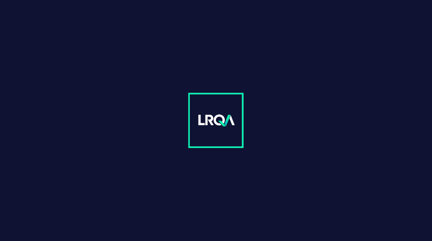Overview
The Bowtie method is a risk assessment method that can be used to analyze and communicate how high risk scenarios develop.
The Bowtie methodology is used for risk assessment, risk management and (very important) risk communication and awareness. The method is designed to give a better overview of the situation in which certain risks are present; to help people understand the relationship between the risks and organizational events. The method also provides a structure to systematically analyze a hazard.
Risk in Bowtie methodology is elaborated by the relationship between hazards, top events, threats and consequences. Controls are used to display what measures an organization has in place to control the risk, and for those who are familiar with the concept, get risks to As Low As Reasonably Practicable (ALARP). It also helps identify where and how investing resources would have the greatest impact.
Who should attend?
Operations, QHSE (Quality, health, safety & evironmental) Supervisors, management staff as well as SIMOPS (simultaneous operations) Coordinators.
What will you learn?
The course will not only provide training in Bowtie methodology, but will also provide client valuable information on the internal culture surrounding risk management as result of anonymous feedback provided by the attendees. The course contains questions developed by LRQA to gather this valuable information.
Structure
The workshop utilizes an open learning atmosphere, making use of a combination of lectures, interactive discussion, hands-on activities, video, workshop exercises and testing to ensure optimum learning. The maximum number of delegates for a course is 15, while 12 is optimal per class as per international training best practice for this type of course.
Day 1
Pre-assessment / introduction:
-
Identify hazards, top events, threats, consequences, preventive and recovery barriers, escalation factors and escalation factor barriers
Discussion of Bowtie methodology key terms:
-
Brief history and rise to popularity.
Day 2
Risk Assessment related methods:
-
Construct and label key components of a bowtie diagram by hand / puzzle exercises.
-
The use of barriers and controls in management system documentation.
-
Application of bowtie in managing hazards from operational activities.
Day 3
Describe the Hazards and Effects Management Process (HEMP):
-
Risk evaluation
-
Overview of ALARP, ALARP in bowtie, puzzle exercises.
Day 4
Risk Assessment implementation:
-
Implementation, monitoring, revisions and change management.
Describe the relationship of bowtie diagrams to Internation Organisation for Standardisation (ISO) 17776 and ISO 31000 standards:
-
Bowtie reporting and outputs, diagram reporting, hazard register reporting.
Risk Assessment - Bowtie Post Assessment Test, Closing/Assessment/Evaluation:
-
Identify hazards associated with working at height, dependence on equipment hazards.
Your future development
Upon successful completion of the course, participants receive a LRQA certificate of completion.

